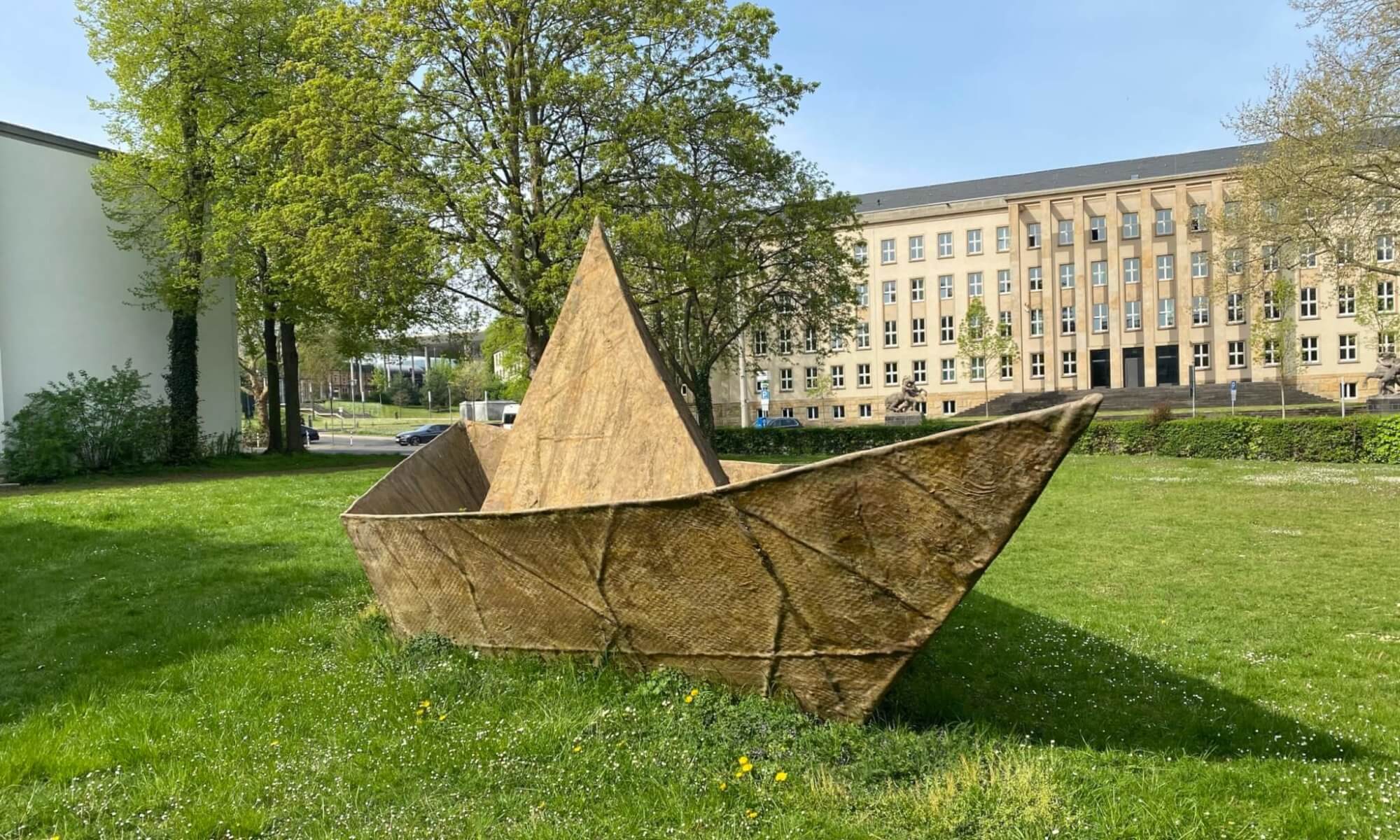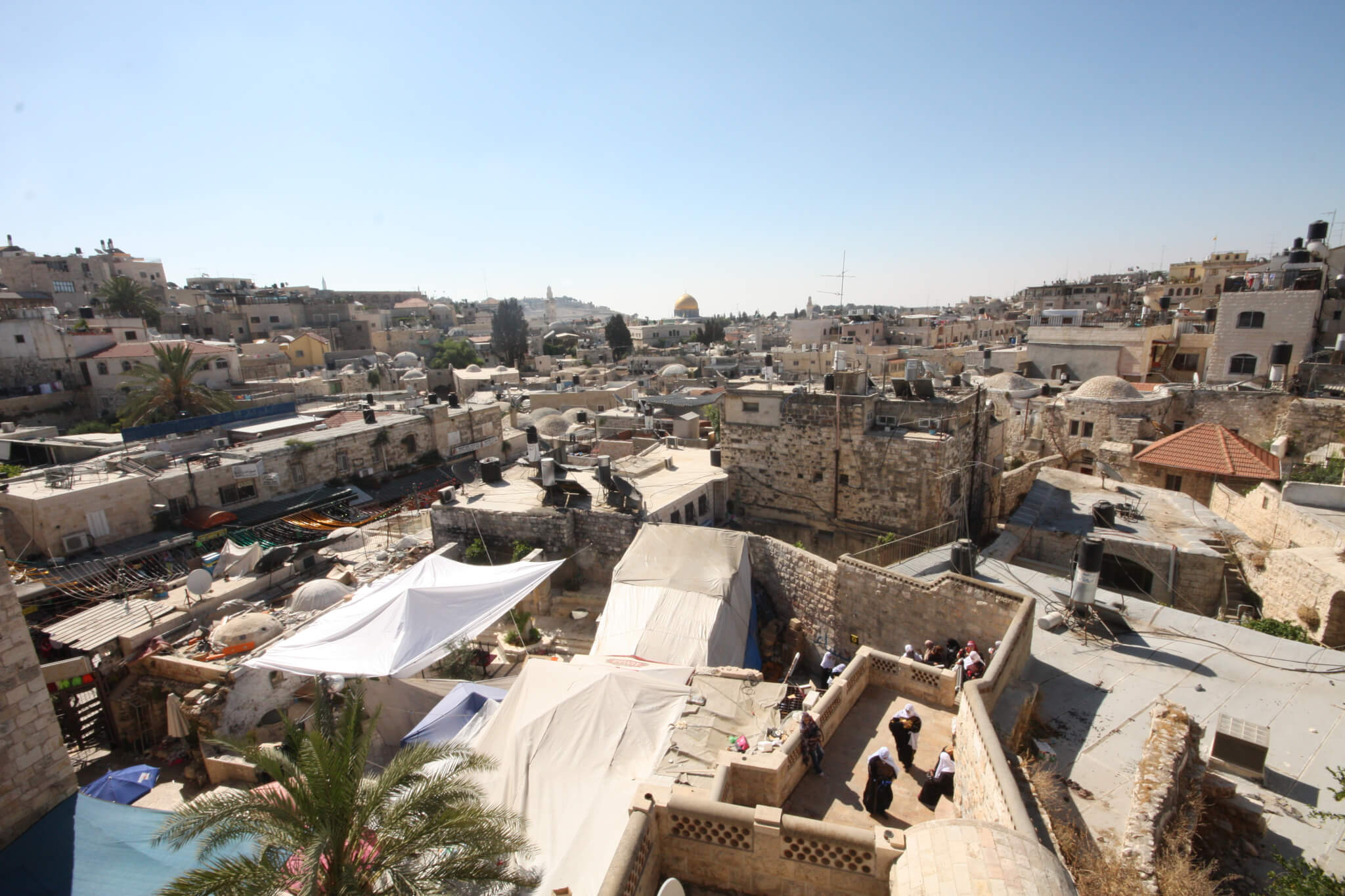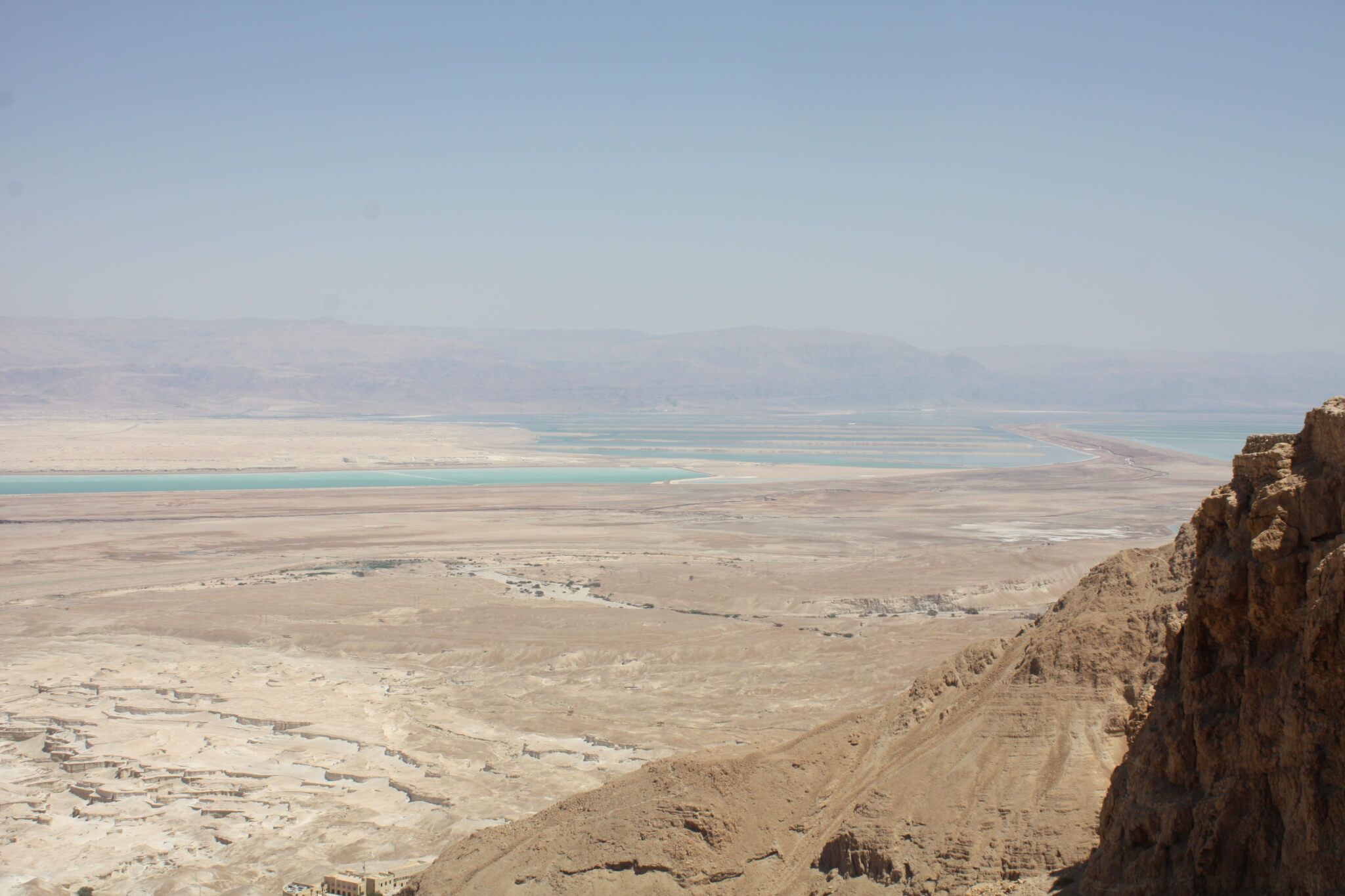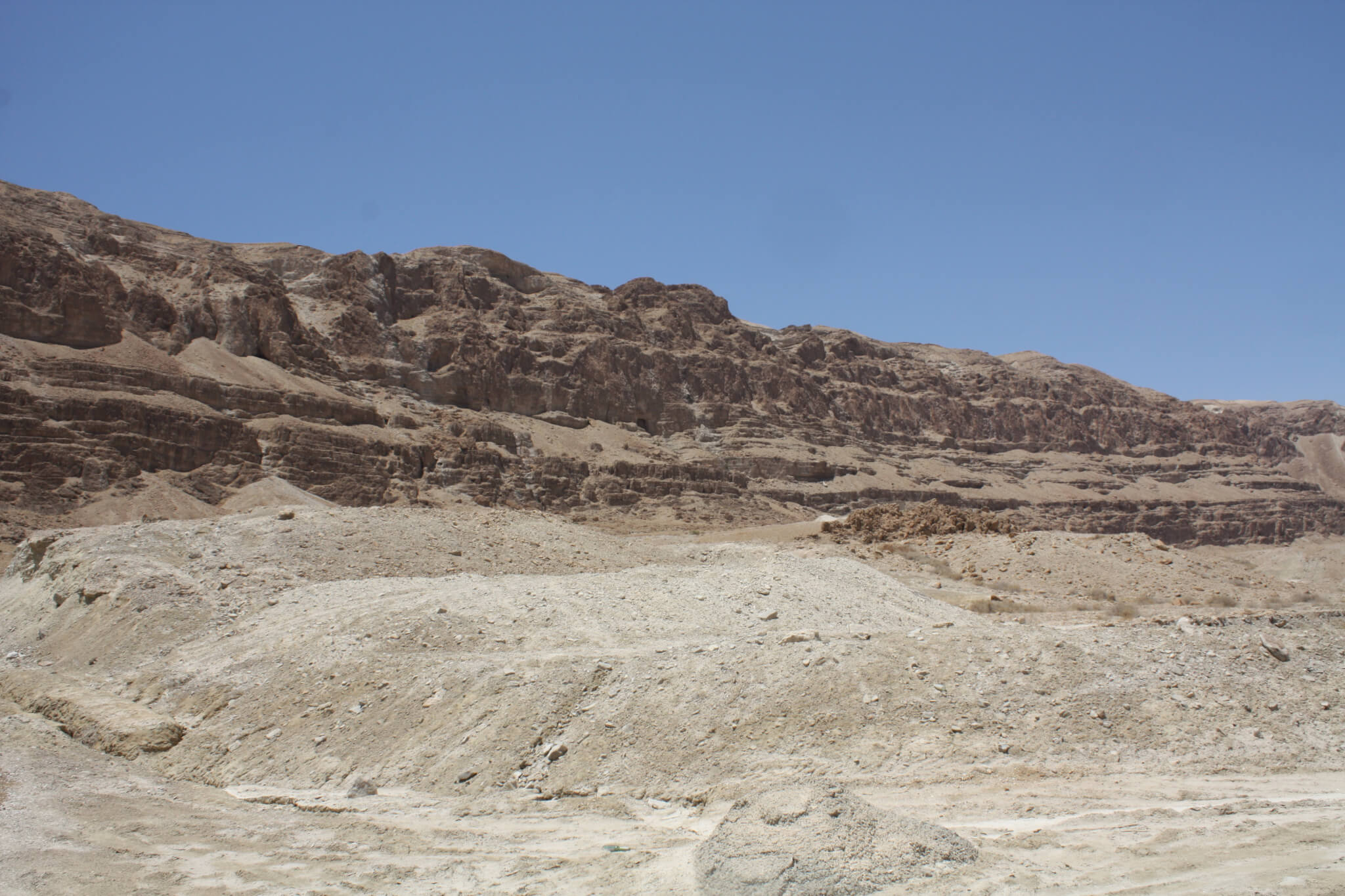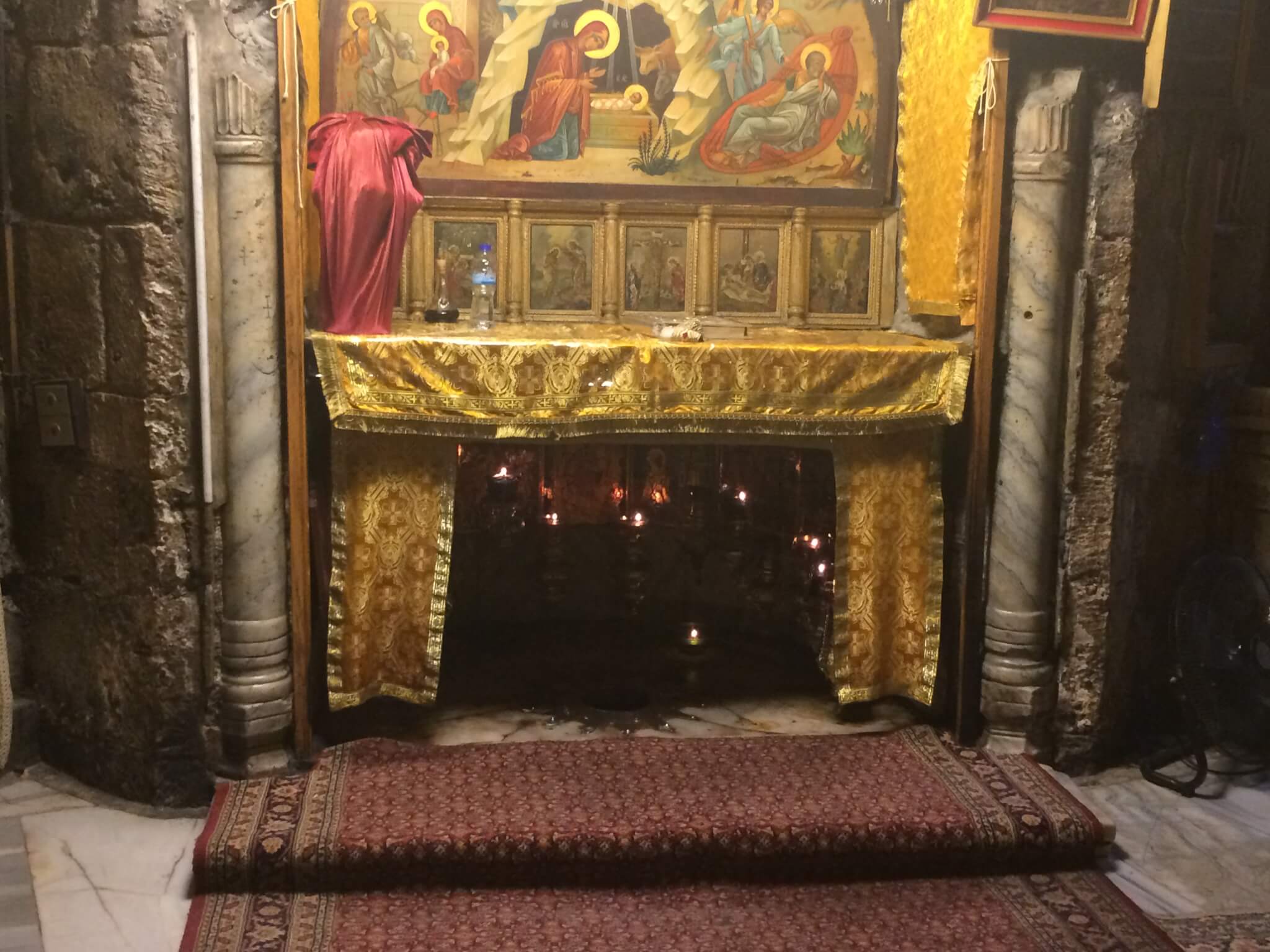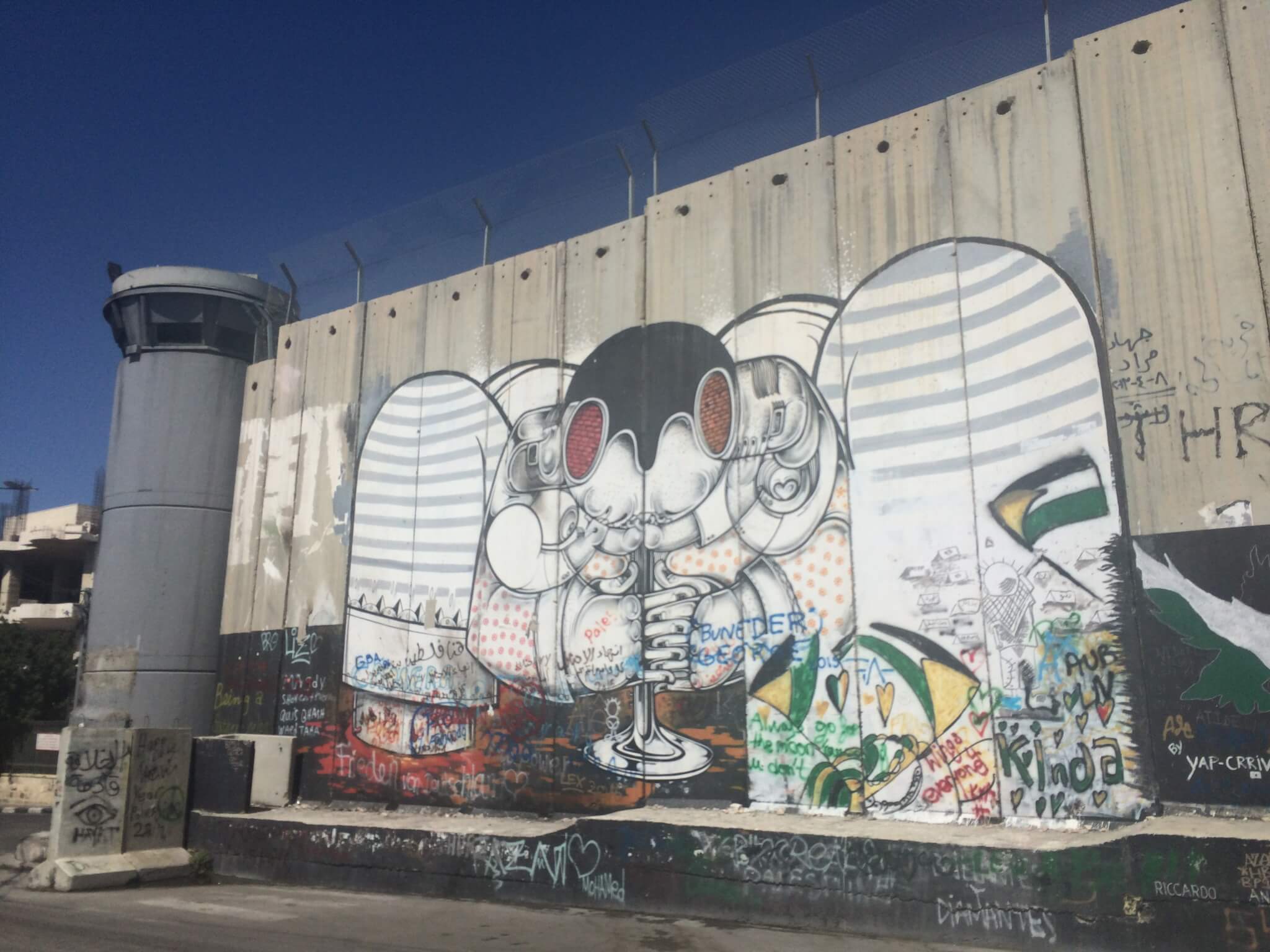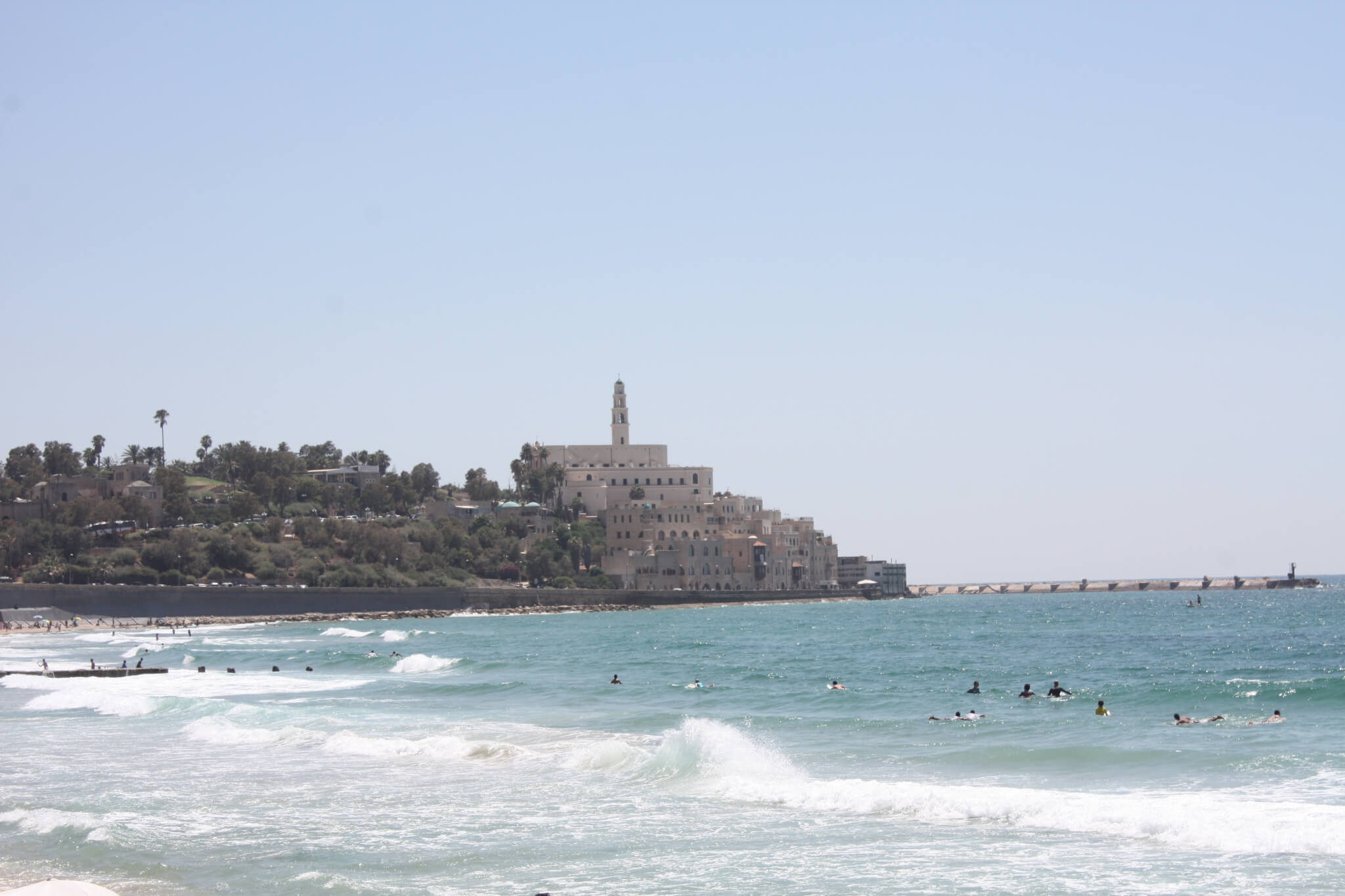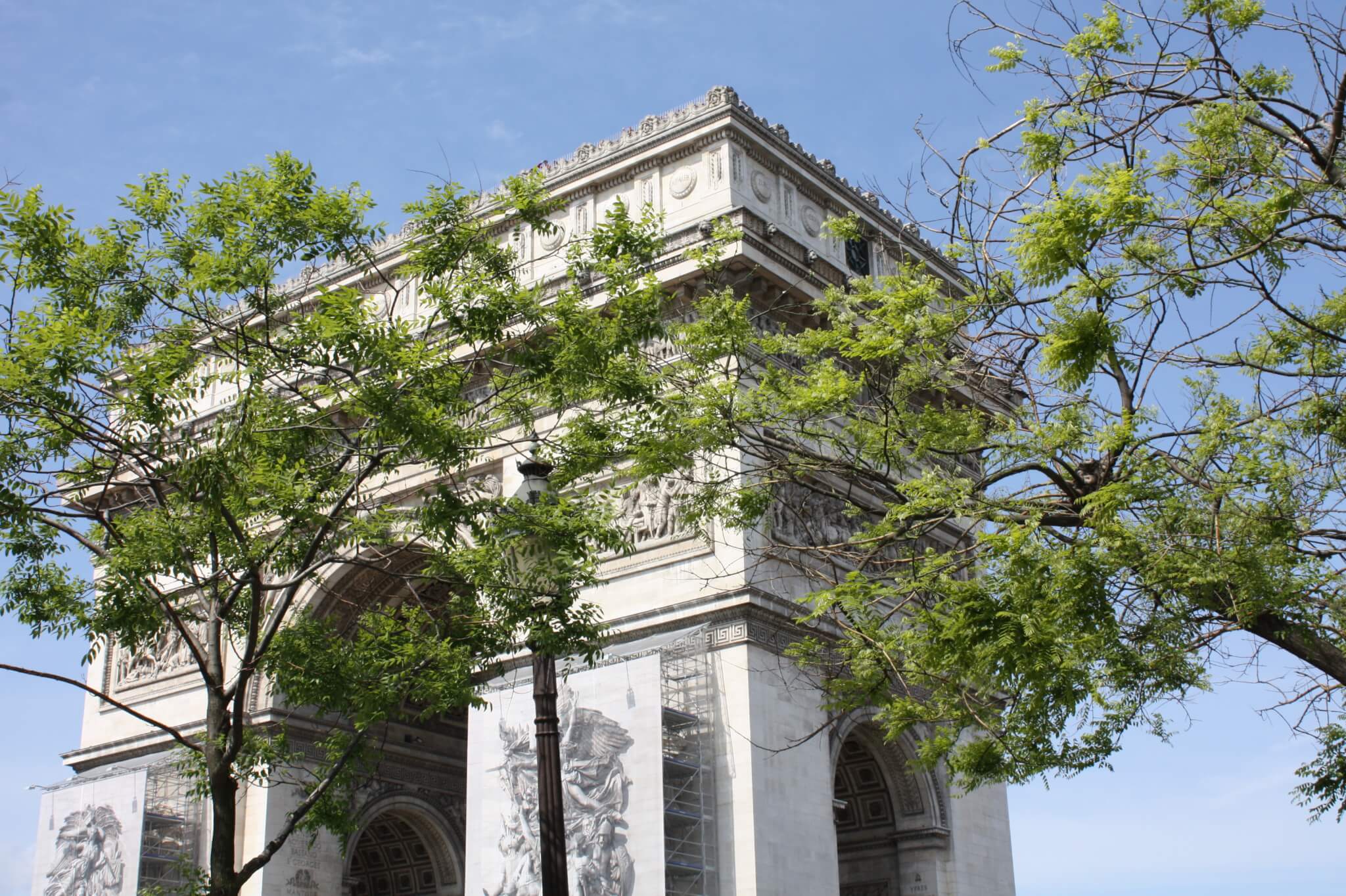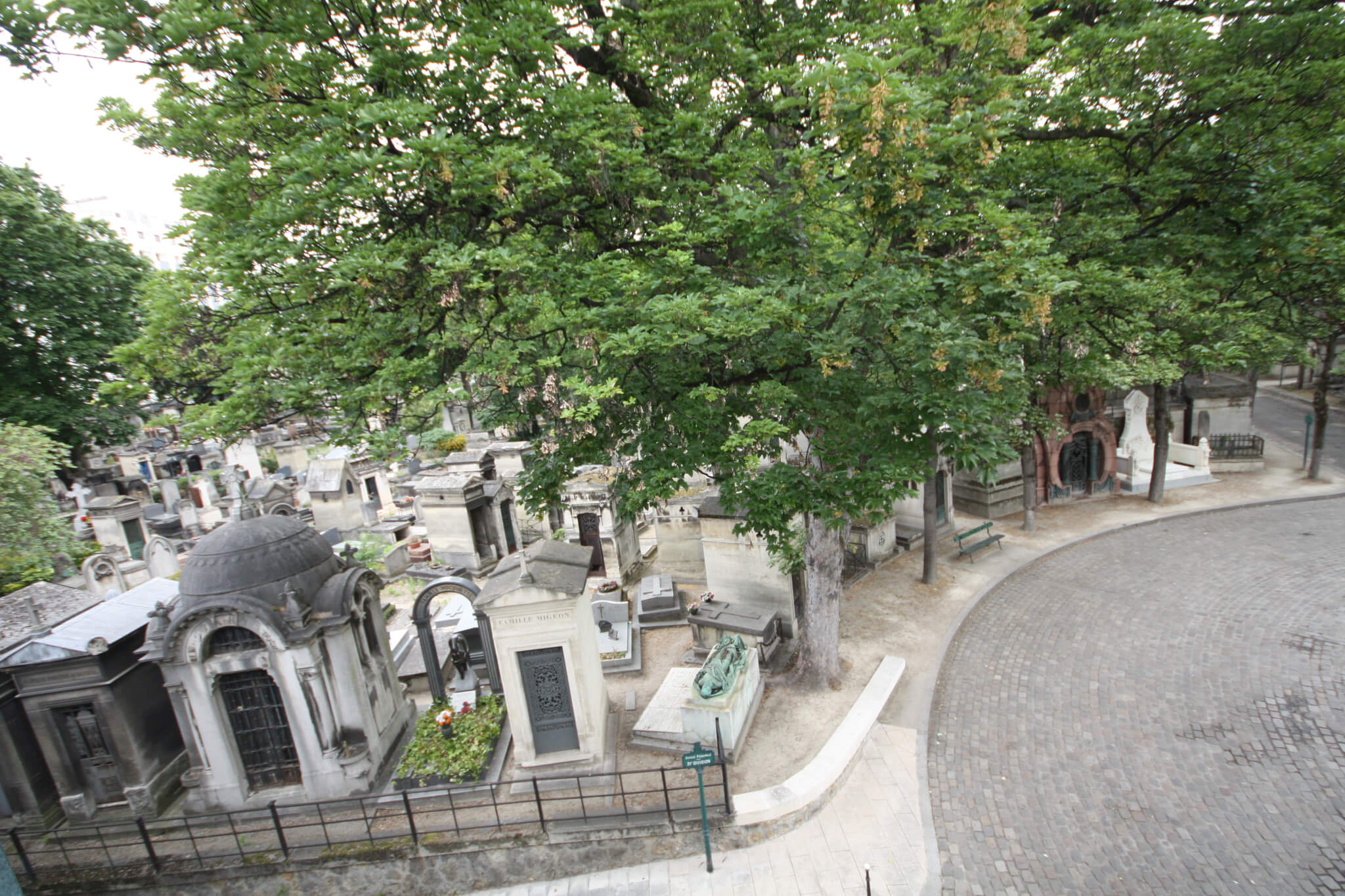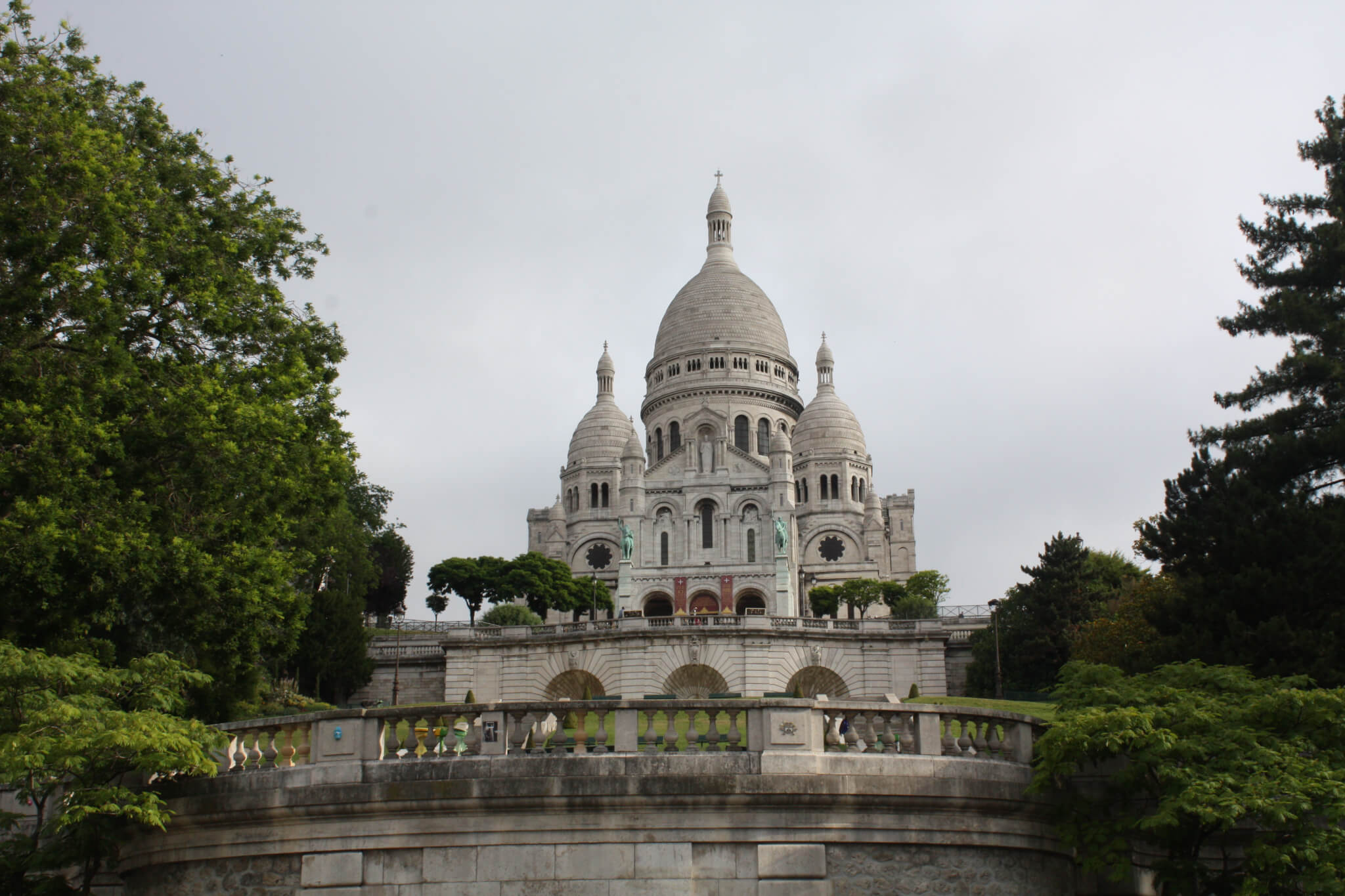There are not many places I would classify as a must-see during lifetime – but the old city of Jerusalem is definitly one of those. The place is bordered by the old city walls from the 16th century CE and you can really imagine how it would be to stand in front of it as a crusader. The streets are narrow, in some parts mostly covered and you’ll ask yourself how people can live here.
Continue reading “Vivid life on ancient ground”Floating
The Dead Sea is a lake 400 m below sea level – the lowest point of the world. It is kind of a different climate zone and as everybody has heard of – it has very special water conditions. The lake has a very high salinity (28-33 %) and the bottom seems to consist of pure salt. The water is brought in by river Jordan and there is no outflow; the water simply evaporates here.
Continue reading “Floating”Masada will never fall again
When you follow the Dead Sea down to the south, half way between Ein Gedi and Sodom (yes, truly) you will find the escape fortress of Herod the Great on a plateau. The fortification has been built between the years 37 and 31 BCE for the event of an revolt and it received big significance for the Israelis by the siege of the Romans in 73/74 CE.
Dead Sea Scrolls
If you leave Jerusalem to the east on motorway 1 you first pass an IDF checkpoint and see the wall separating both zones. If you don’t turn north to Jericho but continue towards the Dead Sea in the south you will first pass Qumran, well known for its findings in 1947. The Dead Sea Scrolls excavated during years of archaeological work are the second oldest scriptures and proved helpful in exegesis.
Continue reading “Dead Sea Scrolls”Church of the Nativity
According to the Bible Jesus was born in Bethlehem, now belonging to the Palestinian autonomy area in the Westbank. The place now marked as the birthplace has already been used from the 2nd century CE on. You can enter the Church of Nativity through a 1.20m high door – making every visitor bow down.
Continue reading “Church of the Nativity”Checkpoint 300
If you want to go to Bethlehem from Jerusalem, you can simply watch out for a Palestinian taxi at the Damascus gate. Or if you are travelling by rental car you can enter the most important border crossing into your GPS: checkpoint 300. At this point you can park your car and get via taxi to the town – but be sure to negotiate the price before the ride.
Continue reading “Checkpoint 300”Rescuing Andromeda
Tel Aviv is a very modern, western city. It is much more hedonistic and less religious then the rest of the country – but it also seems to be missing an ancient city center. In fact the name of the town is Tel Aviv-Yafo, its second part refering to the old town Jaffa being the germ cell of the city. Tel Aviv itself was built later on by settlers, dividing the land by plan to create a new town.
The Étoilé
At the end of the over-crowded, commercialized and steadily inclining Champs-Élysées you’ll find the Arc de Triomphe at Place Charles de Gaulle. It has been built by order of Napoleon to commemorate the victory of the battle of Austerlitz in 1806. You can walk trough a subterranean passage to the Arc and get on top – seeing 14 main streets crossing.
Continue reading “The Étoilé”Cimetière de Montmartre
Not as vast as Père Lachaise but also bigger than big. The Cimetière de Montmartre is a more quite graveyard close to the center of the neighborhood of Montmartre. You can stroll around and look out for history.
Continue reading “Cimetière de Montmartre”Basilique du Sacré Cœur de Montmartre
To me the most beautiful church in the world and the place to be on a Sunday morning if you are in Paris. The Basilique du Sacré Cœur is situated on the hill of Montmartre and is visible from most places in Paris, France. It has been built as a memorial to the lost war against Germany in 1870/71.
Continue reading “Basilique du Sacré Cœur de Montmartre”